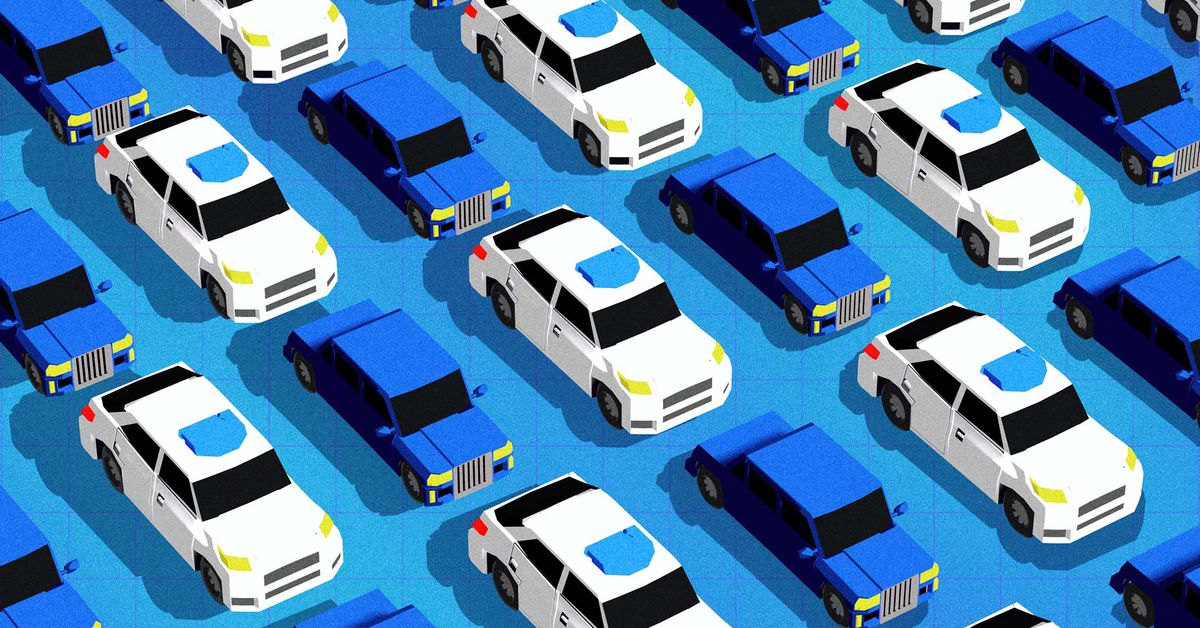Enticing though they are, such arguments conceal a logical flaw. As a classic 19th-century theory known as a Jevons paradox explains, even if autonomous vehicles eventually work perfectly — an enormous “if” — they are likely to increase total emissions and crash deaths, simply because people will use them so much.



Please cite where I said that.
Um, yes. Obviously not remember directly, but that is what is in history books.
Most Americans lived in small rural communities and seldom left their farm and immediate community. When they travelled at all it would be by horse and buggy, and would take forever to get to the nearest train station, and then forever from the end of the line to wherever they had to go. If people lived farther away you would see them once every couple of years and otherwise letter write them. Cars fundamentally changed how much the average person travels in their life by huge orders of magnitude, and society is now oriented around individual families and communities being much more spread out. I think this is flawed, but I also think it’s unlikely to change given the realities of basic things like housing costs making it unaffordable to live where your parents did.
We should build out robust train networks to reduce as many cars as possible, but at the same time the idea that you’ll eliminate cars completely is quite frankly, completely divorced from reality. I personally do not own a car and have spent a used car amount of money on a cargo bike to avoid having to buy a car. But guess what? There is still a very clear limit on the size of object I can transport (smaller than virtually any piece of furniture), it’s unpleasant to infeasible to use in the rain depending on the load, and it is flat out unusable in the winter with snow and ice, so I end up using a car share service semi-regularly. I’ve thought about putting on bigger wheels, extending the bed, adding better suspension, a roof, and another set of wheels for balance, but now I’ve invented a car. And that’s not to mention driving out to nature preserves for camping, hiking, rock climbing, mountain biking etc. nor visiting family and friends who live out in the country not near any bus stops or train stations.
As long as cars exist, AVs will be better than human drivers, and literally no one has ever presented a remotely feasible and practical plan for eliminating cars.
this is at obvious odds with the current state of self-driving technology itself–which is (as i noted in the other comment) subject to routine overhyping and also has rather minimal oversight and regulation generally. Tesla is only the most egregious example in both respects; even stuff like Waymo is pretty much entirely reliant on taking their word for it that the technology would be safer than humans (which meshes awkwardly with well publicized problems and efforts to hide robotaxi safety records).
All cool tech things are overhyped. If you judgement for whether or not a technology is going to be useful is “if it sounds at all overhyped then it will flop” then you would never predict any technology would change the world ever.
And no, quite frankly those assertions are objectively false. Waymo and Cruise’s driverless programs are both monitored by the DMV which is why they revoked Cruise’s license when they found them hiding crash data. Waymo has never been found to do so or even accused of doing so. Notice that in the lawsuit you linked, Waymo was happy to publish accident and safety data but did not want to publish data about how it’s vehicles handle edge cases, which would give their rivals information on how they operate, and the courts agreed with them.
https://arstechnica.com/cars/2023/12/human-drivers-crash-a-lot-more-than-waymos-software-data-shows/